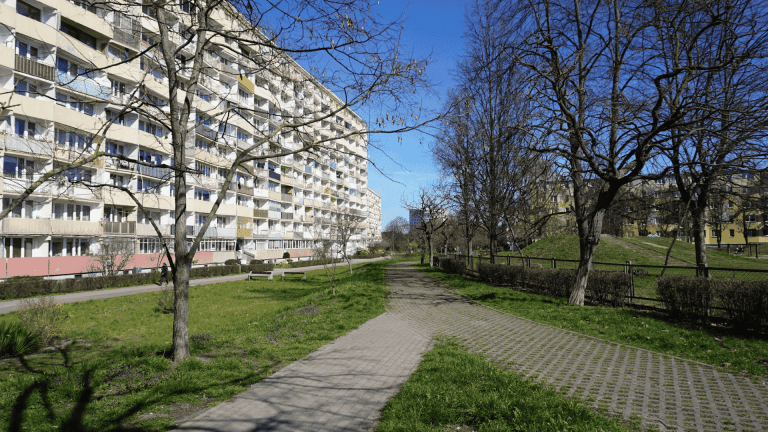Have you ever had a small home issue turn into a huge, expensive problem because it was ignored too long? Many homeowners face this situation every year. A leaky faucet, loose shingles, or cracked grout might seem like small annoyances, but they can lead to costly repairs if left unchecked. Maintaining your home doesn’t have to be stressful or expensive. The key is catching problems early and fixing them before they grow.
In this blog, we will share simple fixes that can prevent major home repair costs and help you protect your investment.
Check for Water Leaks Regularly
Water damage is one of the most common causes of major home repair expenses. A dripping faucet, a pipe leaking underneath the sink, or moisture behind walls can slowly destroy your home’s structure. Over time, these small leaks can lead to mold growth, warped floors, or damaged drywall. Regularly checking for leaks in your kitchen, bathroom, and basement can help prevent bigger problems. If you spot water stains or hear dripping, address it immediately to avoid further damage.
Fixing leaks is usually quick and inexpensive. Replacing a worn-out washer or tightening a pipe fitting can save hundreds of dollars in future repairs. You can also inspect around toilets and showers for dampness or discoloration. Installing a leak detector is another smart way to get alerts early.
Inspect Your Roof and Gutters

Your roof is your home’s first defense against weather damage, so keeping it in good shape is crucial. Missing shingles, cracked flashing, or clogged gutters can cause water to seep into your attic and walls. Over time, these small issues can lead to rot, mold, and expensive roof replacements. Homeowners often overlook their roofs until a big problem appears. Regular inspections and cleaning can make a huge difference. You can find answers to common questions by reading roofing FAQs, which cover signs of damage and simple maintenance steps.
It’s best to check your roof at least twice a year—once in spring and once in fall. Clean gutters regularly to prevent water buildup and check for any sagging areas. Removing leaves and debris helps rainwater flow away from your roof and foundation. If you notice any loose shingles or damaged areas, fix them immediately. A quick patch or replacement now can save you thousands later on major roof repairs.
Seal Cracks and Gaps Around Windows and Doors
Drafty windows and doors make your home less comfortable and increase your energy bills. Cracks and gaps allow air to escape, forcing your heating and cooling systems to work harder. Over time, these small leaks can also let moisture in, leading to wood rot and mold growth. Sealing these areas with caulk or weatherstripping is a simple and affordable fix that keeps your home protected.
Start by inspecting the edges of windows and doors. On a windy day, you might feel air coming through tiny spaces. A tube of caulk or a roll of weatherstripping costs very little and can be applied in minutes. Besides lowering your energy costs, this fix helps prevent long-term damage caused by drafts and moisture. Keeping your home sealed tightly also reduces dust and allergens, making it healthier and more comfortable year-round.
Clean and Maintain Your HVAC System
Your heating and cooling system works hard all year, so it needs regular attention to perform well. Dust, dirt, and debris can build up in filters and vents, forcing the system to use more energy and possibly wear out sooner. Ignoring simple maintenance like filter replacement or duct cleaning can lead to expensive HVAC repairs or even complete system failure.
To prevent that, change your air filters every one to three months, depending on usage. Schedule professional servicing at least once a year to check for leaks, clean components, and test efficiency. This small investment can extend your system’s life and keep your home comfortable in every season. Regular HVAC maintenance also improves indoor air quality and lowers energy costs, saving you money in the long run.
Keep an Eye on Plumbing Fixtures

Plumbing problems can quickly spiral into costly disasters if not handled early. Dripping faucets, slow drains, or running toilets are common issues that often go ignored. Even small leaks waste water and add to your utility bills. Over time, water can damage cabinets, floors, and walls, leading to expensive repairs.
A few simple fixes can prevent these problems. Tighten loose handles, replace old washers, and clear out clogged drains with a mixture of baking soda and vinegar. You can also install strainers in sinks and tubs to catch hair and debris before they cause blockages. Taking time to check your plumbing fixtures once a month can save you the headache of burst pipes or water damage later.
Maintain Your Foundation and Exterior
Your home’s foundation supports everything above it, so even small cracks should never be ignored. Water can seep through cracks and freeze during colder months, widening them and weakening the structure. Regularly inspecting your foundation, siding, and exterior walls helps you catch these issues early.
Seal any cracks with concrete filler and make sure the soil around your home slopes away from the foundation to prevent water pooling. Keep shrubs and trees trimmed so their roots don’t affect the structure. A quick walk around your home every few months can reveal early signs of damage. Taking action early helps protect your foundation from costly repairs and keeps your home sturdy and safe.
In conclusion, a well-maintained home doesn’t just look good—it saves you from major financial stress. The goal isn’t to be perfect, but to stay consistent and attentive. By tackling small problems early, you protect your investment, avoid unexpected costs, and create a safe space for your family. Every quick repair you make today keeps your home stronger tomorrow.













